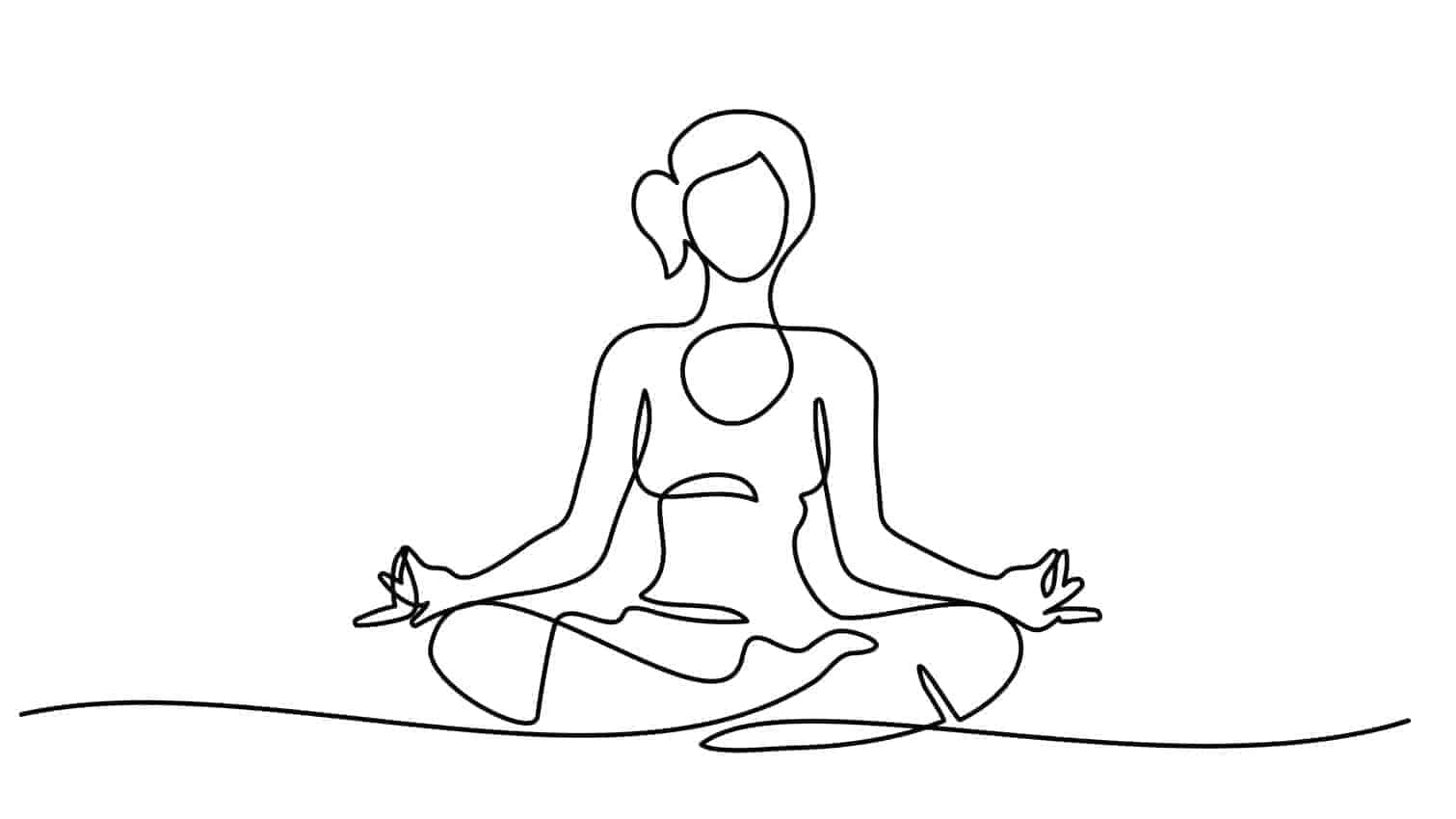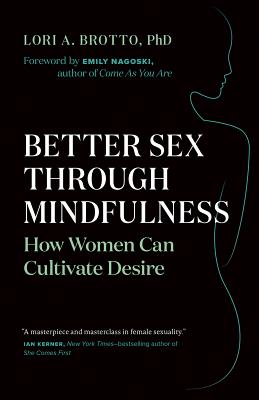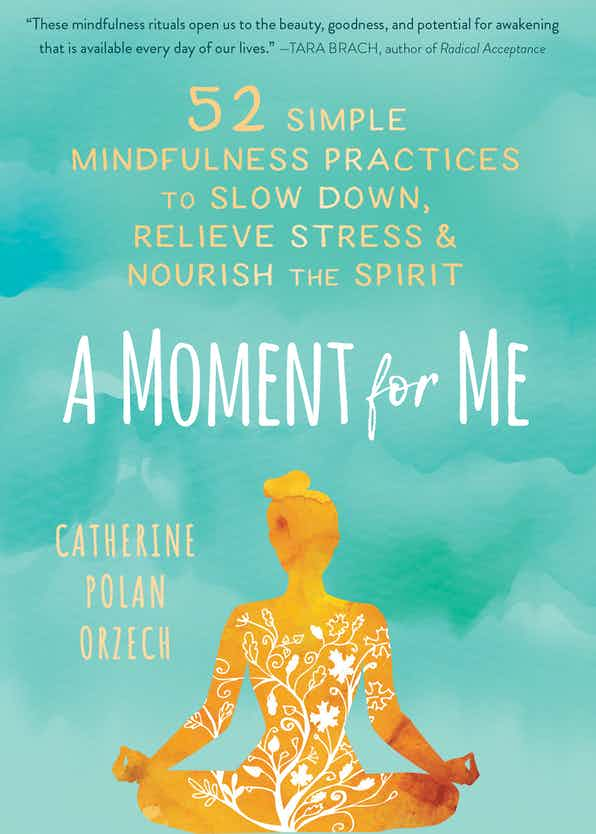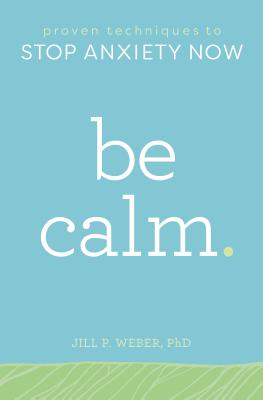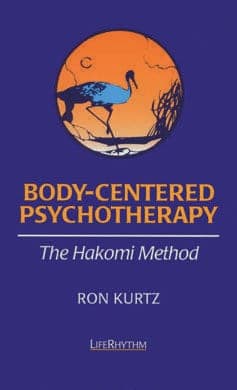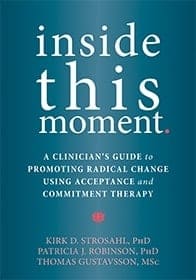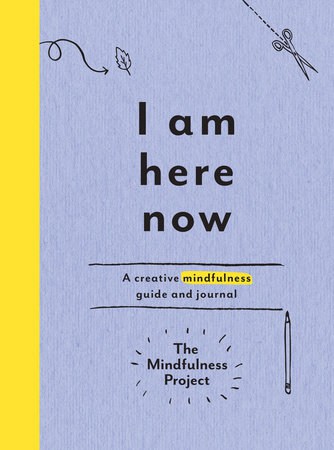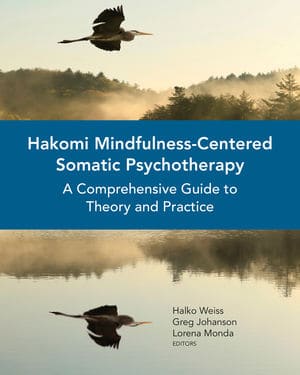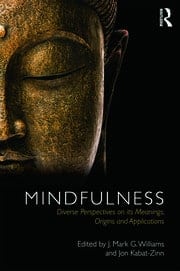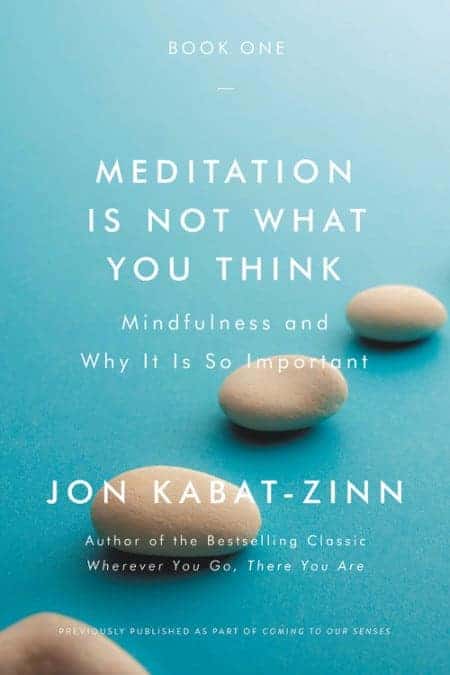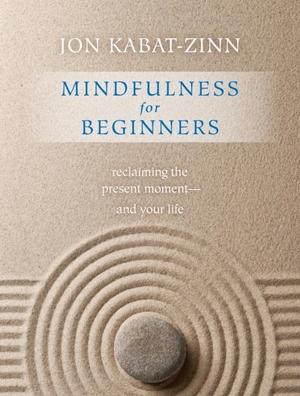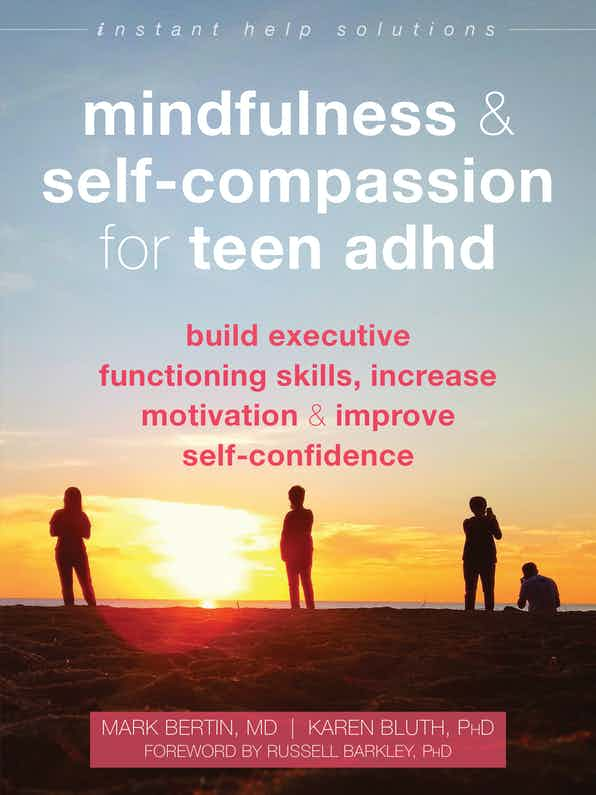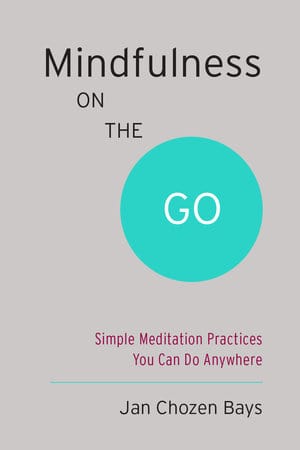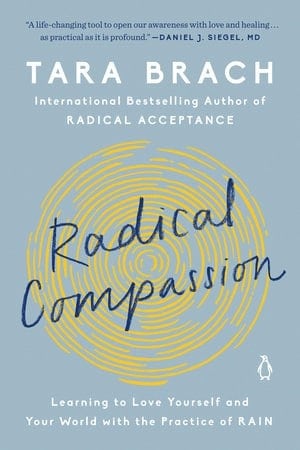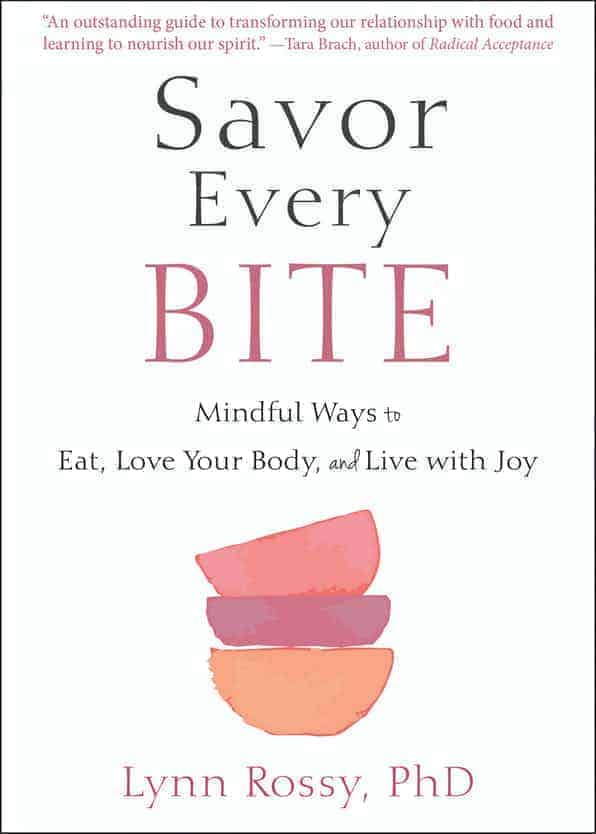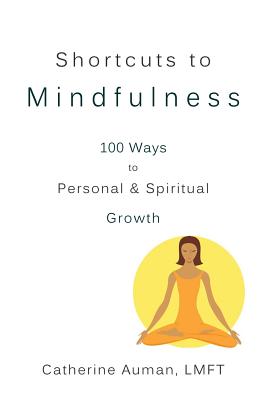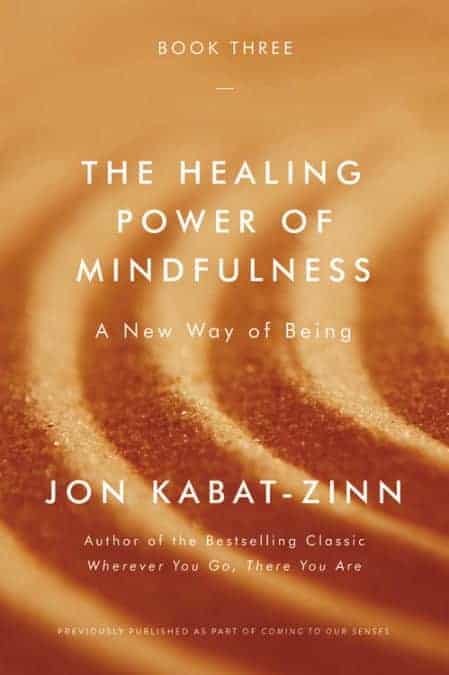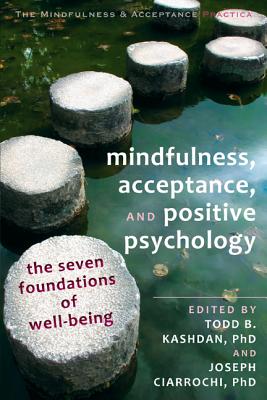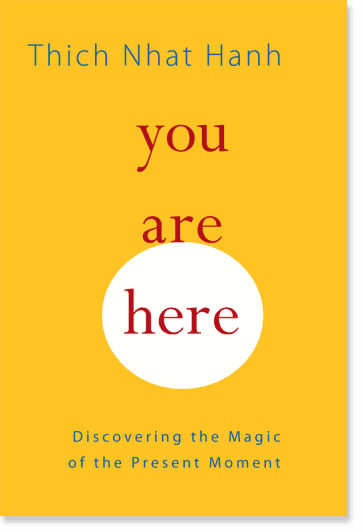Mindfulness and Presence
Mindfulness: Overview, Research, and Benefits
THC Editorial Team June 29, 2022

Contents
- Overview
- What Is Mindfulness?
- Background and History of Mindfulness
- Brief Overview of Mindfulness Practices
- Potential Benefits of Mindfulness
- Effectiveness of Mindfulness According to Scientific Research
- Potential Risks or Challenges for Beginners
- Summary/Key Takeaways
While mindfulness has been practiced for millennia, over the past 30 years it has experienced a surge in popularity, becoming more widely practiced in both clinical and non-clinical environments. This is likely due to an increase in scientific studies about the process and effects of mindfulness, as well as increased popular media coverage. Mindfulness can improve individuals’ mental and physical health.1
What Is Mindfulness?
There is no singular, cohesive definition of mindfulness, but certain principles are maintained in every description. For instance, most agree that mindfulness (1) maintains attention to the mind, body, and behavior2; (2) is a state of attention and awareness of the present moment1; and (3) necessitates a nonjudgmental attitude toward one’s thoughts, emotions, and experiences.3
Mindfulness can lessen overall suffering, especially in the forms of anxiety, depression, and despair. As such, clinical professionals often recommend it in therapy sessions, and many people practice it in their everyday lives.4
Mindfulness provides a contrast to the prevalence of mindlessness in modern society. Non-mindful behaviors can include anything from rushing through activities without attentiveness or forgetting a person’s name immediately after introduction, to snacking without being aware of eating or preoccupying oneself with the past or future. In contrast, mindfulness focuses one’s attention on the current task and fosters openhearted presence, clear-headedness, energy, and joy.4
Jon Kabat-Zinn, a scholar, and pioneer in mindfulness research offered the following description: “Mindfulness is not a technique. It is a way of being in wise relationship to the entirety of your inner and outer experience.”5
Background and History of Mindfulness
Mindfulness was born out of Buddhist psychology over 2,500 years ago. In Pali, the language of Buddhist psychology, the word sati translates into English as mindfulness. The term sati connotes awareness, attention, and remembrance.2 Mindfulness also exists in Hindu, Jewish, Islamic, and Christian traditions as a method to ascribe awareness to thoughts, feelings, and physical sensations.6
Kabat-Zinn helped to introduce mindfulness as a modern psychological technique. In 1990, he used the “right mindfulness” technique to develop an eight-week Mindfulness-Based Stress Reduction (MBSR) course at the University of Massachusetts Medical School. His program sought to reduce stress and pain in participants.7
Mindfulness and meditation are deeply tied to one another; they are born out of many of the same traditions and practices. For instance, Kabat-Zinn’s MBSR program incorporates forms of meditation including breathing meditation, body scanning, and yoga. Mindfulness and meditation have been prescribed in tangent to treat many common conditions, including depression and substance abuse.7
Brief Overview of Mindfulness Practices
There are numerous ways to introduce mindfulness practices into daily life to increase and maintain awareness throughout everyday tasks. Some common mindfulness methods include meditative practices, conscious breathwork, mindful mantras, gratitude journals, and mindfulness in motion.8,9
Meditative Practices
Meditation is the process of attuning one’s focus to a single object, sound, concept, or experience. It encapsulates several techniques, such as contemplation, concentration, and meditative movement. According to Kabat-Zinn, “…mindfulness, which can be thought of as an openhearted, moment-to-moment, non-judgmental awareness, is optimally cultivated through meditation rather than just through merely thinking about it and philosophizing….”5
Conscious Breathwork
Any practice that involves conscious, focused breathing is a form of breathwork. Spiritual leaders have long promoted the benefits of breathing exercises, and modern science explains its benefits. According to renowned spiritual teacher Thich Nhat Hanh, “The way to release all the tension is with our mindful breath. So we always start with mindfulness.”10 Types of breathwork include but are not limited to controlled, circular, conscious, fast, full, deep, yogic, holotropic, shamanic, and the Wim Hof Method.
Mindful Mantras
A mantra consists of a word, sound, or phrase that connotes power and positive energy for a person. Some examples include affirmative statements like “I am at peace,” “I am loved,” and “I will succeed.” Mantras can increase one’s coping skills and redirect negative thoughts and feelings in a more positive direction.7
Gratitude Journals
Keeping and maintaining a gratitude journal can be an effective mindfulness practice. Gratitude journaling provides a free-thinking space for people to consider and transcribe their positive feelings of thankfulness. The writings can be goal-oriented or reflective of the positive parts of one’s day. Though many prefer to keep a physical journal, gratitude “journaling” can be practiced in many ways; some keep a digital journal, write in guided journals, use scrap paper they can discard, or download journaling apps, like Gratitude 365, which can be specifically tailored to gratitude practices.7
Mindfulness in Motion
Mindfulness can help enhance one’s presence during exercise routines. Clinicians and researchers often combine movement and mindful focus in treatment plans for several conditions, including multiple sclerosis. One 2017 study conducted by a licensed psychotherapist and an Ohio State University College of Medicine professor interrogated the effect of mindfulness in motion on 22 people with multiple sclerosis. The eight-week program utilized yoga movements, mindfulness meditation, and relaxing movements. The researchers administered survey assessments, including the Mental Health Inventory, Modified Fatigue Impact Scale, Short Form Health Status Survey, and Five Facet Mindfulness Questionnaire, and found that the participants reported improved physical functioning, vitality, and mental health. The intervention reduced participants’ anxiety, depression, and fatigue; improved positive affect (mood); and increased mindfulness as it pertains to awareness, nonjudgment, and nonreactivity.8
Potential Benefits of Mindfulness
Mindfulness is effectively used to treat numerous physical and mental disorders and increase overall well-being. In addition to the enumerated overall benefits, mindfulness is frequently used to treat conditions such as chronic depression, anxiety disorders, addictive disorders, and even several biomedical conditions.2 Specific benefits of mindfulness include:
- reduced anxiety8
- reduced depression8
- increased positive affect8
- reduced fatigue8
- increased self-control11
- increased objectivity11
- increased affect tolerance11
- increased mental calmness and composure11
- improved concentration and mental clarity11
- improved emotional intelligence11
- increased ability to relate to others and oneself with kindness, acceptance, and compassion11
Effectiveness of Mindfulness According to Scientific Research
Numerous studies display the benefits of mindfulness. A 2014 study in the Journal of Occupational and Environmental Medicine examined mindfulness in the workplace. The researchers introduced an online mindfulness intervention to half of the 89 participants, employees of the DOW Chemical Company, and assigned the other half to a wait-list control group. The participants completed surveys, including the Perceived Stress Scale and the Five Facets of Mindfulness Questionnaire, to assess the effects of the intervention. The researchers found that the intervention reduced stress; increased mindfulness, resiliency, and vigor; and enhanced overall well-being of the participants who received the mindfulness intervention.12
A 2012 meta-analysis of 11 studies sought to evaluate the effectiveness of mindfulness interventions on depression. The studies examined therapies involving mindfulness as the main component and measured participants’ depression symptoms using the Beck Depression Inventory. The researchers found a significant average reduction in depressive symptoms in the studies’ participants.13
Mindfulness interventions, particularly MBSR, are especially effective in times of increased anxiety and instability, such as during the COVID-19 pandemic. Caragh Behan, a researcher and senior clinical lecturer at the Royal College of Surgeons in Ireland (RCSI) Department of Psychiatry, writes that the predominant symptoms present during crisis times are anxiety, overwhelm, and despair. She notes that numerous studies have extolled the benefits of mindfulness interventions on depression, posttraumatic stress disorder, and anxiety. Behan posits that regular meditation can also benefit healthcare professionals and be adapted for children, adolescents, and those with intellectual disabilities. Throughout the constant upheaval of crises such as the pandemic, mindfulness offers a helpful way to cope.14
Potential Risks or Challenges for Beginners
Although mindfulness has helped many people reduce stress, anxiety, and depression, it is not the right treatment for everyone. Mindfulness can help people who have experienced trauma by strengthening body awareness, boosting attention, supporting stability, and increasing emotional regulation. At times, however, mindfulness can worsen the symptoms of trauma and posttraumatic stress disorder. For example, some who have experienced trauma find that mindfulness can trigger flashbacks, heightened emotional arousal, and dissociation, causing disorientation, distress, and humiliation. Their traumatic experiences require more clinical therapy and healing than mindfulness alone offers. Researchers who focus on the intersection of mindfulness and trauma recommend pairing mindfulness interventions with specialized treatment by a professional who understands trauma.15
Summary/Key Takeaways
Mindfulness is an effective strategy for improving overall physical and mental well-being. Due to the growing interest and research in mindfulness, numerous resources are available to those interested in incorporating mindfulness into their daily lives.














